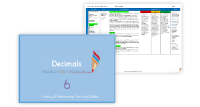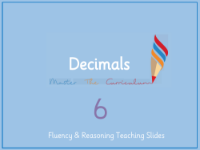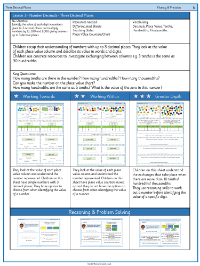Decimal - Three Decimal Places - Planning

Maths Resource Description
In the Year 6 lesson on decimals, students delve into understanding numbers with three decimal places. The lesson utilises blank place value charts and counters to help students visualise and grasp the concept of decimals, tenths, hundredths, and thousandths. The class begins with a review of previous learning, where a number is recorded on the board to three decimal places, such as 25.294. Educators recap the value represented by each digit and the terminology for the place value columns. Students discuss in pairs how they would explain the concept of tenths, hundredths, and thousandths to a younger student, reinforcing their own understanding.
During the lesson, the students engage in a series of activities designed to deepen their comprehension of place value in the context of decimals. They start by using place value counters to identify and record the number of thousands, hundreds, tens, ones, tenths, hundredths, and thousandths. Then, they use these counters and a blank chart to create given numbers. In a subsequent activity, they focus on identifying the value of the digit '4' in different place value positions within various numbers. Group work involves reasoning tasks from teaching slides, and independent learning is facilitated through differentiated worksheets. The lesson aims to correct common misconceptions, such as misunderstanding the value of each column or the equivalence between different place values, like how 3 tenths is equal to 30 hundredths. To conclude, students reflect on what they've learned, the skills they've used, such as exchanging, and what they found challenging. They also identify what helped them during the lesson and make a 'pinkie promise' to remember key takeaways, ensuring a solid foundation for understanding decimals to three decimal places.



